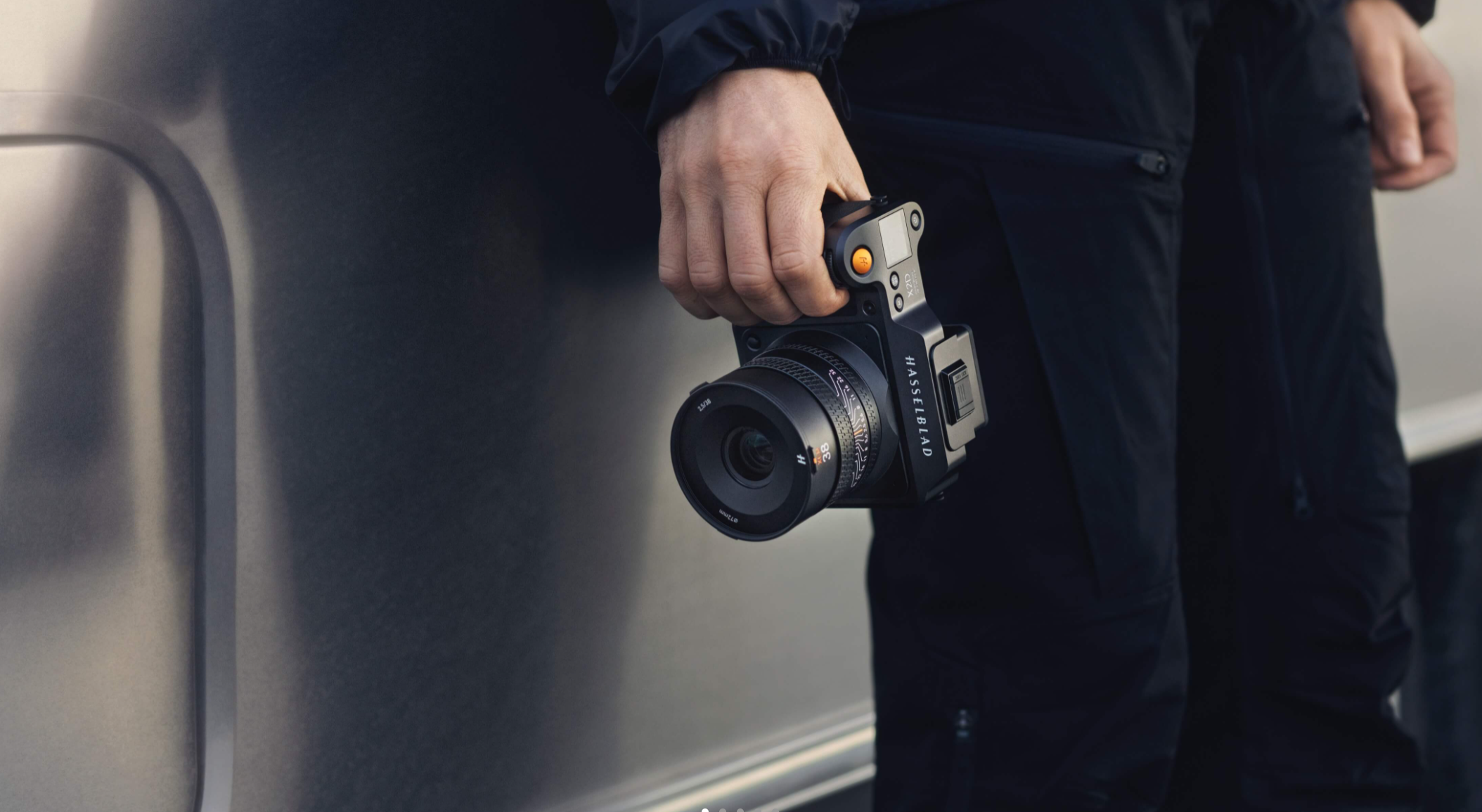If you are a photography enthusiast, you might have heard of the term "medium format camera". But what exactly is it, and why is it considered the ultimate tool for image quality?
In this blog post, we will explain what a medium format camera is, what are its advantages and disadvantages, why it is so expensive, and whether it is worth investing in one.
What is a medium format camera?
A medium format camera is a type of digital camera that uses a sensor that is larger than the standard 35mm full-frame sensor.
The size of the sensor varies depending on the brand and model, but typically ranges from 44x33mm to 54x40mm.
This means that the sensor area is about 1.7 to 2.5 times larger than a full-frame sensor, and 3.5 to 5.5 times larger than an APS-C sensor.
The larger sensor size allows for more pixels to be packed into the same area, resulting in higher resolution and more detail.
For example, the FUJIFILM GFX100 has a 102-megapixel medium format sensor, while the Sony A7R IV has a 61-megapixel full-frame sensor. The larger sensor also enables better performance in low light, wider dynamic range, shallower depth of field, and more accurate colors.

Advantages of using a medium format camera
The main advantage of using a medium format camera is the superior image quality that it delivers.
Medium format cameras can capture more detail, nuance, and tonality than smaller sensors, making them ideal for professional applications such as landscape, portrait, fashion, architecture, and fine art photography.
These cameras can also produce stunning prints at large sizes without losing quality or sharpness.
Another advantage of using a medium format camera is the unique look and feel that it creates.
Medium format cameras have a different aspect ratio than full-frame cameras, usually 4:3 or 3:2 instead of 2:3. This gives the images a more balanced and natural composition, as well as a wider field of view.
In addition, these cameras also have a shallower depth of field than full-frame cameras at the same aperture and focal length. This creates a smooth and creamy bokeh that isolates the subject from the background.

Disadvantages of using a medium format camera
The main disadvantage of using a medium format camera is the high cost that it entails. Medium format cameras are much more expensive than full-frame cameras, both in terms of the body and the lenses.
For example, the Hasselblad X2D II 100C costs about $8,200 for the body only, while the Canon EOS R5 costs about $3,900. The lenses for medium format cameras are also pricier and heavier than those for full-frame cameras.
Another disadvantage of using a medium format camera is the slower performance and handling that it offers.
Medium format cameras have slower autofocus, burst rate, buffer size, and battery life than full-frame cameras, making them less suitable for fast-paced or action-oriented photography.
These cameras are also bulkier and heavier than full-frame cameras, making them less portable and comfortable to use for long periods.

Why are medium format cameras expensive?
Medium format cameras are expensive because they use larger and more complex sensors than full-frame cameras. The larger sensors require more advanced technology and manufacturing processes to produce, resulting in higher costs.
These sensors also demand higher-quality lenses to match their resolution and image quality, which adds to the expense.
Additionally, medium format cameras are expensive because they cater to a niche market of professional photographers who demand the best image quality possible.
The lower demand means that there is less competition and innovation in the medium format segment, leading to higher prices and slower development.
Is shifting to medium format camera worth it?
Shifting to medium format camera is worth it if you are looking for the ultimate image quality and can afford the high cost and compromise on performance and portability.
Medium format cameras can deliver stunning results that are unmatched by smaller sensors, especially for large prints or high-end clients.
However, shifting to medium format camera is not worth it if you are satisfied with the image quality of full-frame cameras or need faster performance and better handling for your photography style.
Full-frame cameras can still produce excellent images that are suitable for most purposes, while offering more versatility and convenience than medium format cameras.
To sum it up, it is all about your budget (if you want to burn a hole in your pocket) and if you want to spend a fortune on the accessories that comes along with it.
It is also up to you to determine whether the price can justify the image quality that you get considering that there are full-frame cameras out there with high resolution sensors.
Final thoughts
Medium format cameras are amazing tools for photographers who want to achieve the highest level of image quality possible. They offer larger sensors, higher resolution, wider dynamic range, shallower depth of field, and more accurate colors than smaller sensors.
However, they also come with a hefty price tag, slower performance, and heavier weight than full-frame cameras.
Ultimately, the decision to shift to medium format camera depends on your personal preferences, needs, and budget.
If you are willing to pay the premium and sacrifice some speed and portability for the best image quality possible, then medium format cameras might be for you. If not, then full-frame cameras might be a better option for you.

